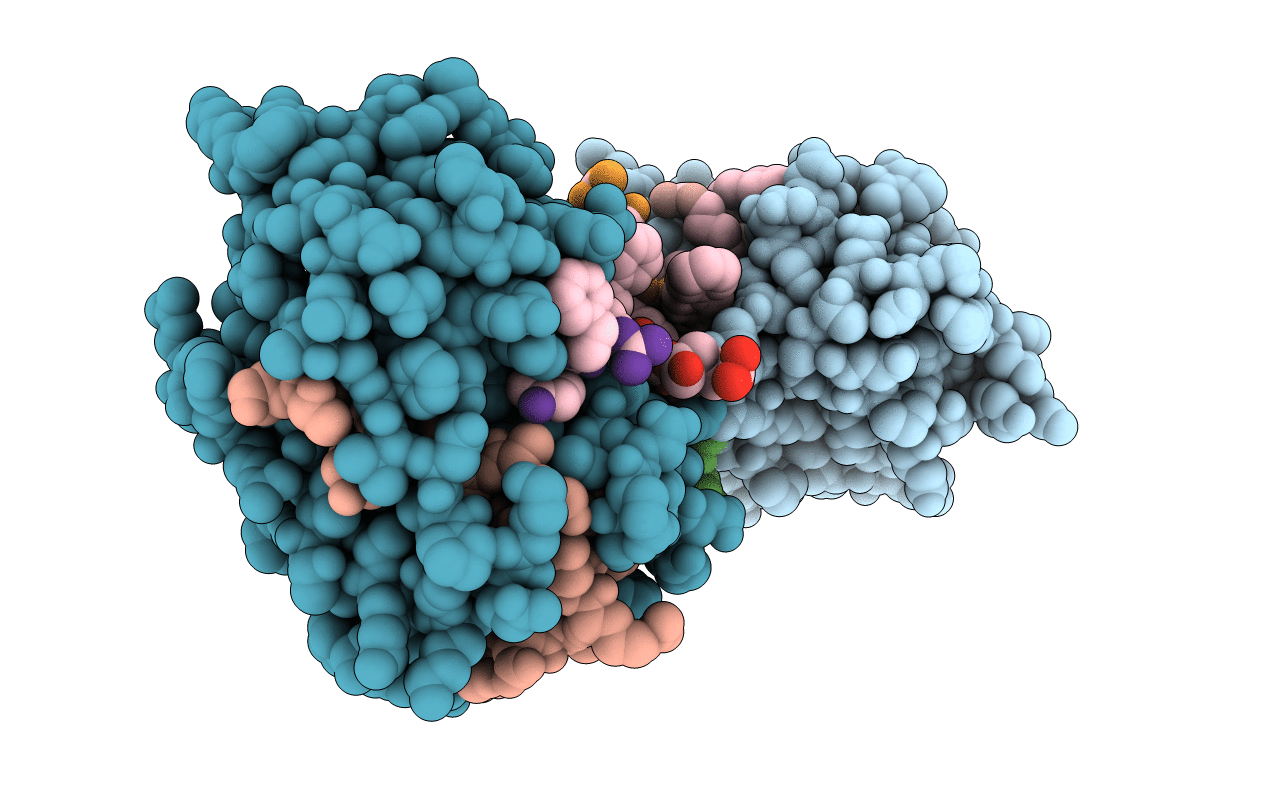
Deposition Date
2002-08-21
Release Date
2002-12-11
Last Version Date
2024-11-20
Entry Detail
PDB ID:
1MHW
Keywords:
Title:
Design of non-covalent inhibitors of human cathepsin L. From the 96-residue proregion to optimized tripeptides
Biological Source:
Source Organism:
Homo sapiens (Taxon ID: 9606)
Host Organism:
Method Details:
Experimental Method:
Resolution:
1.90 Å
R-Value Free:
0.22
R-Value Work:
0.18
Space Group:
P 21 21 21


